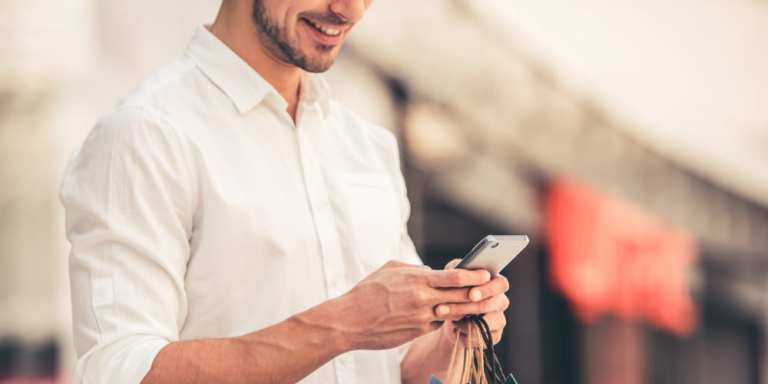
The number of smartphone users worldwide has grown exponentially in recent years, with some reports projecting there will be 3.5 billion users by the end of the year. Companies are continuously trying to meet these customers where they are, which means they must offer their full range of services via mobile — including hassle-free disbursements. The demand for mobile disbursements comes as more consumers rely on their smartphones for their financial needs. These individuals also expect faster payments in their day-to-day lives thanks to their interactions with peer-to-peer (P2P) payment apps.
Mobile disbursements have obvious appeal among consumers, 71 percent of whom want choice in how they receive their funds. Providing mobile disbursements is relatively easy as well and in some cases requires firms to simply integrate mobile wallet support. This ease explains why retailers and other businesses have been growing more interested in this area.
There has been similar growth in mobile disbursement interest in the business-to-business (B2B) space as well, especially as more millennial and Gen Z workers join firms’ staff. These younger employees expect faster payment experiences, but mobile-enabled, B2B disbursements have proven to be relatively complex.
The following Deep Dive explores the mobile disbursements landscape, the factors influencing increased demand for B2B and business-t0-consumer (B2C) mobile disbursements and the roadblocks standing in the way of widespread adoption.
The Mobile Disbursements Landscape
Consumers are turning to their smartphones for everything from retail purchases to booking air travel and hotels to requesting refunds and other disbursements from online merchants. Mobile has quickly become the backbone of consumers’ financial lives as well, with a recent survey finding that 79 percent of U.S. consumers now use mobile payment apps. Millennials are among the top financial app users: 94 percent of surveyed millennials use P2P apps like Venmo and Zelle.
There is also a growing appetite for mobile apps that can receive instant disbursements for a variety of use cases, including receiving rebates and settling insurance claims. Seventy percent of consumers stated that they would use instant payment solutions for these payouts if they had the option. It follows that businesses and other entities would want to enable access to mobile disbursements, but implementation can be difficult. The U.S. Department of Education requires universities to provide access to several disbursement options for students, which does not prohibit universities from issuing mobile disbursements but does keep check payments as the default payout option if students are unaware of the available alternatives. Universities looking to implement mobile disbursements must also find payment partners that can support them, but they are unlikely to do this if students have not requested it.
The growing number of younger users who rely on mobile offerings for their daily tasks is pushing some universities to experiment with these payout options, with 36 American universities currently utilizing a mobile tuition payments program that offers refunds via mobile wallet. The availability and access to such solutions is still limited, however, as the Department of Education has not yet required universities to offer them.
Retailers are exploring mobile disbursements as a way to connect with their tech-savvy consumer bases. Such solutions would allow shoppers to receive instant rebates right on their phones, though these offerings are not yet widely available.
Universities, retailers and other entities sending disbursements to consumers have guidance on where and why they should integrate mobile disbursements. They also have the infrastructures to support these payments. Businesses looking to send digital disbursements to other businesses are finding the transition to be a little more difficult, however.
B2B Payment Innovation Struggles
Mobile B2B disbursements are a growing interest for a number of firms, but most businesses still have their payment processes firmly rooted in checks. One report found that companies sent approximately 22 billion checks per year, for example. Businesses are clinging to these payments for multiple reasons, the main one being how these processes are set up. B2B payments often require complex reviews in which several employees must check invoices and recipient identities, among other things, before payments are sent. Businesses have long been able to receive digital payments, but many of the processes involved in sending money and making payouts are still paper-based.
Ample businesses are currently confronting these outdated processes as the spread of COVID-19 shunted most employees into remote work from their homes, making managing paper bills, checks and invoices challenging. Digital or mobile disbursement methods would make this part of the payment cycle much shorter and easier, preventing them from having to track down payments. It is worth noting that businesses integrate proper authentication processes into their disbursement processes, however.
Mobile disbursements are becoming critical for both B2B and B2C companies. The entities that can adapt alongside rising global smartphone penetration levels — and those that leave outdated check disbursements behind — are the ones who will dominate in both fields.